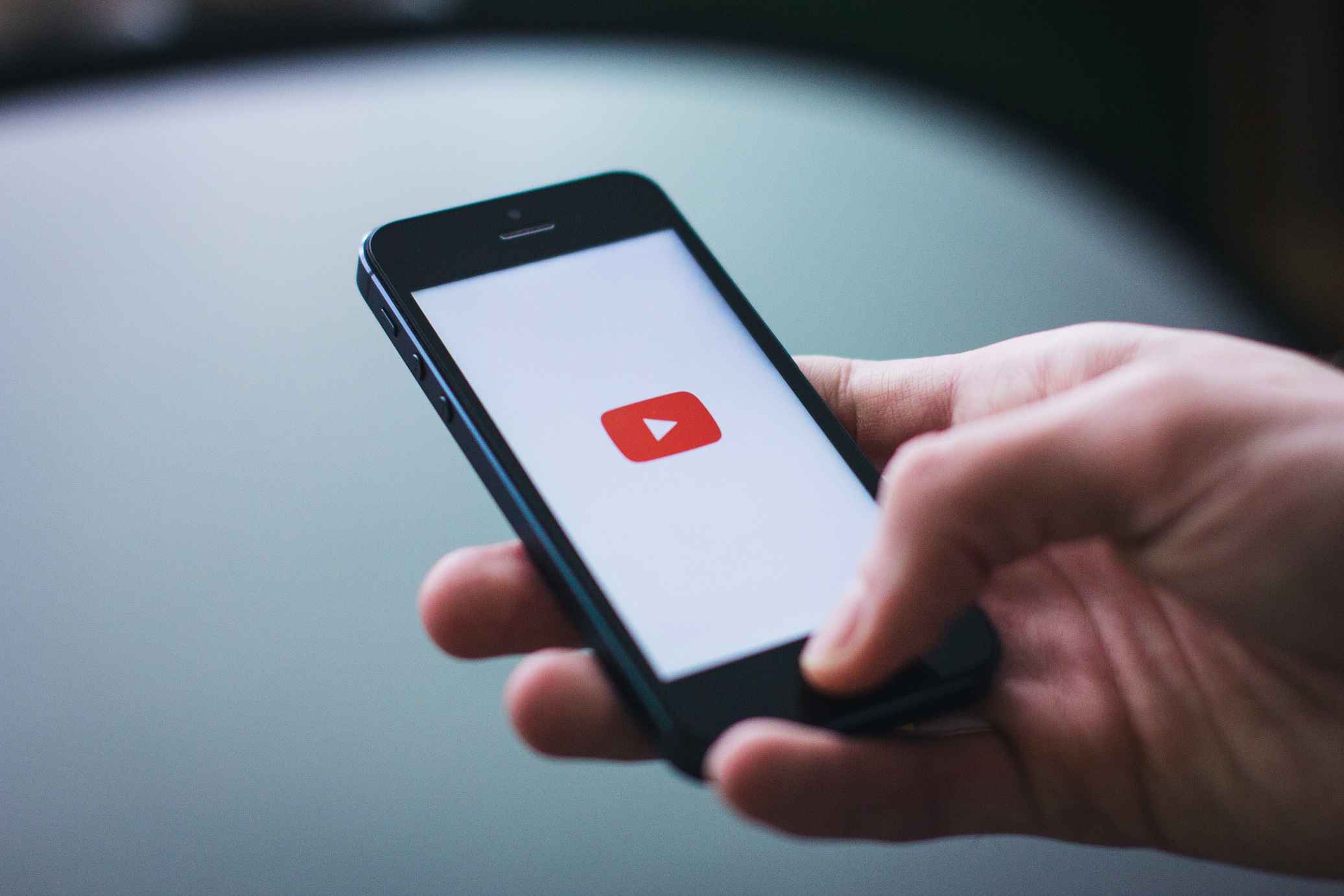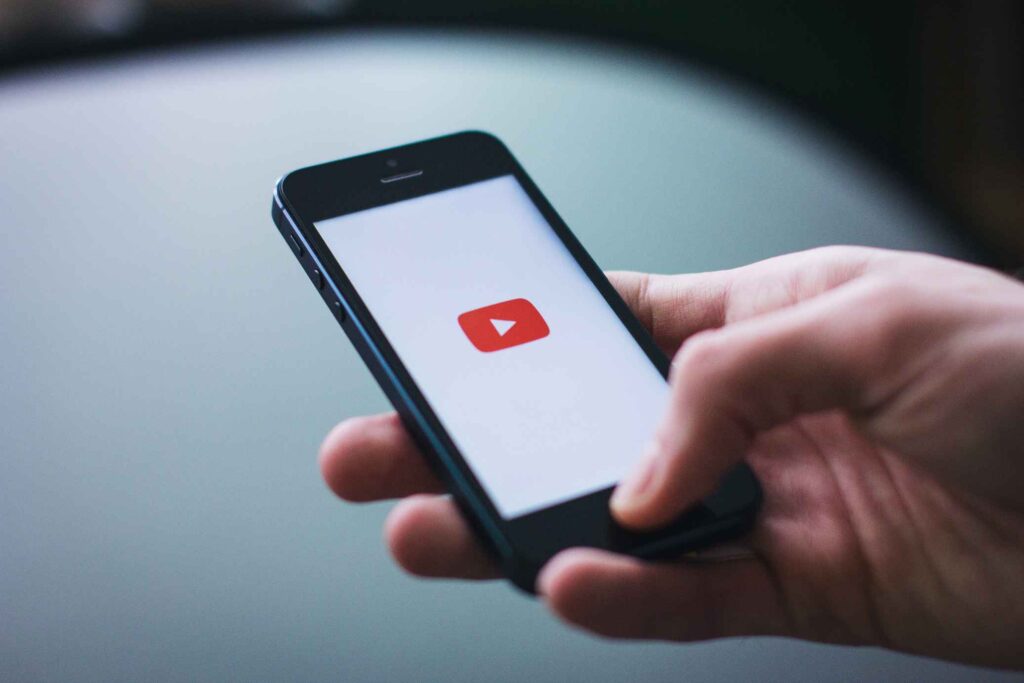Everybody who has once opened his YouTube account must have seen the YouTube recommendations. Therefore, the platform somehow determines the videos that may be interesting for the user and recommends them to keep viewers on the website.
It even seems surprising at times:
How did YouTube find videos that are so engaging to me, about new scientific inventions, celebrities, hobbies, pets, or the legacy of dead free games? Over 60 percent of the content we consume on YouTube comes from recommendations.

So making personalized recommendations for viewers is one of the reasons why YouTube is so popular. But how does YouTube exactly do it? Let’s analyze in detail how the YouTube Algorithm works in 2024.
History Of The YouTube Algorithm
As for 2024, the four main factors the YouTube algorithm takes into account are quality, relevance, timing, and user engagement of videos. Initially, YouTube didn’t have any algorithm or specialized computer processes. YouTube recommendations were based on the simple ranking of the videos in the library.
These were the videos with the most clicks and interests, the watching history of the viewer didn’t have any impact on the list of recommendations. Before 2011, YouTube didn’t analyze the viewer’s interests at all, it was the pre-algorithm. Interestingly, in YouTube’s early days, there was even a person whose job was to curate the most popular videos manually.
As for 2007, the recommendation of videos was based on the number of views (clicks). However, some content makers misused the system. They used misleading titles to make viewers click on them. That’s why YouTube started building a completely new recommendation system in 2011-2012.
In 2015 YouTube developed a recommendation system for viewers based on AI. It was a completely new way of recommending videos to users. After 2015 YouTube made a shift towards responsibility of recommendations. In 2019 YouTube started demoting the so-called ‘borderline content’.
Also Read: A Beginners Guide To Live Streaming On YouTube
YouTube Algorithm And User’s Viewing Habits
There are three YouTube sections where you get personalized recommendations from the YouTube algorithm: Home Page, Suggested Videos, and YouTube Search. The algorithm first rates existing videos from the library and then analyzes the viewer’s past viewing habits (watch history).
Then the algorithm makes a list of videos relevant to the viewer’s topic of interest and narrows down the YouTube library.
What channels the user is subscribed to? Language, demographics, and user engagement, as well as the metrics of the channels also play a big role. Videos with the highest total watch time, and highest number of reactions (likes, feedback) are more likely to be visible to the viewer. So there is a wide range of factors that the YouTube Algorithm takes into account.
It analyzes the viewer’s watch history and videos to recommend the best content to users and tailor a list of the best videos relevant to users’ interests.
Tips On How To Expand Reach Of Your Videos
Now that you understand the basics of the YouTube Algorithm, you can use this information as a content maker. Follow the tips below on how to expose your content to more users.
- Conduct SEO research and create SEO-optimized video descriptions and titles.
- Avoid clickbait titles.
- Optimize your YouTube Video thumbnails.
- Use the relevant tags.
- Use Timestamps.
- Collaborate with other YouTubers in your niche.
- Provide subtitles to your videos.
- Use end-screen templates.
- Make playlists and series.
- Research your viewership with the help of YouTube analytics.
- Get your viewers to subscribe to your channel.
- Post new videos regularly, at least 1-3 times a week.
- Do your best to hold your viewers’ attention for the entire video.
- Experiment with different video formats.
- Research the content of your competitors (other YouTube creators in your niche).
- Promote your content on social media.
- Engage with the comments of your viewers.
Also Read: How to Download YouTube Videos on Your Laptop: A Comprehensive Guide
Final Thoughts
The main goal of the YouTube Algorithm is to make viewers stay on the platform longer. To do that, the algorithm delivers personalized recommendations.
